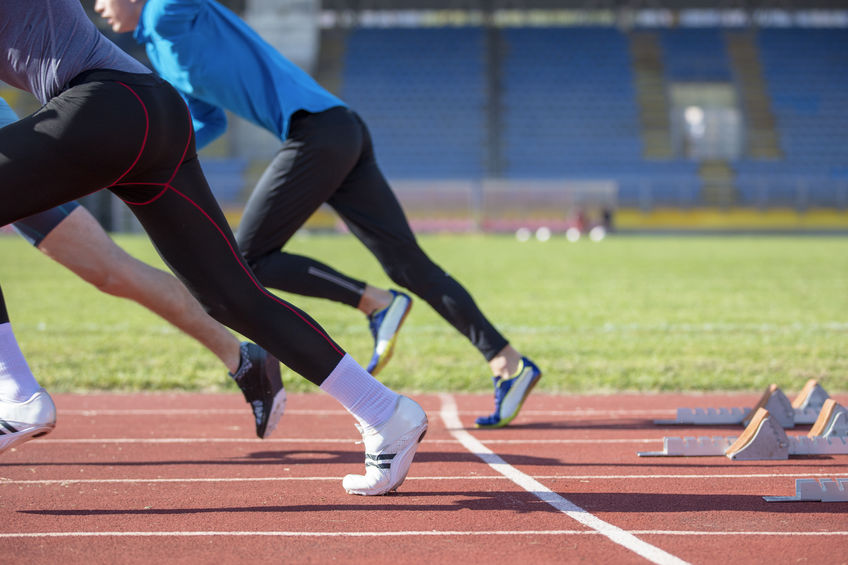Surgery Is Just The Beginning
ACL tears are the injuries most athletes at all levels fear and are a common lower body injury in sport. The ACL is a vital part of movement, allowing the knee to twist and explode. With an ACL tear, the knee loses stability and flexibility. In most cases, ACL reconstruction surgery is necessary to replace the torn ligament. However, the recovery process could be long and difficult. Most athletes, before or after surgery, will ask the doctor for a timeline. So how soon can someone return to sports?
All about the ACL
The ACL is also known as the anterior cruciate ligament. This strong, flexible ligament is just behind the kneecap, connecting the thigh and shin bones. The ACL forms an X with the PCL or posterior cruciate ligament. On each side of the ligament are two more ligaments that stabilize the knee. When the ACL tears, most athletes hear a popping sound, followed by pain and swelling. The ligament can partially or fully tear, but the athlete must go through ACL reconstruction in almost all cases.
A brand new ligament
ACL reconstruction was once a long open surgery. Today, orthopedic surgeons use minimally invasive techniques to repair the ligament. The goal of the surgery is to remove the damaged ligament and install a new one. Using holes the size of buttonholes around the knee, the surgeon can use a scope for a complete picture of the ACL. Additional micro tools allow the surgeon to clear any debris and remove the damaged ligament. A brand new ligament from a donor or graft from another part of the body is fastened using screws. Minimally invasive surgery means that the patient can leave the same day. However, this is just the start of a long recovery and rehabilitation period.
Starting your recovery
How soon an athlete can play sports after ACL reconstruction depends on how well recovery goes. Other factors determine the speed of recovery, including age, the degree of damage, and the knee’s response to physical therapy. From the following day after surgery, rehabilitation begins. Rehab starts with simple movements like lifting the knee and walking. This first part of physical therapy helps strengthen the knee and can take between 1-3 months.
Step it up
At the 3-month mark, athletes can start increasing the intensity of recovery. The physical therapist will encourage walks of further distances, cycling, or water aerobics. The surgeon may also review the new ligament at this stage to see if the ligament is responding well to treatment. The walking eventually moves to run short distances, practicing turns, and adding weight to the knee. This timeframe commonly goes up to 6 months.
Getting back on the field
At the 6-month timeframe, most athletes can move unassisted and go without a boot. The knee is nearing a full recovery. The intensity of training and physical therapy increases with ongoing pain management techniques. From here, recreational athletes can return to light activity, with long rests in between. Professional athletes may need further training from coaches and physical therapists to get back to peak fitness. This stage is a delicate part of recovery. Overexertion can delay the process. In about 9 months, most professional athletes can safely resume activities.
Patience is key
Resuming full sporting activities can take 6 months for recreational sports. For high-performance athletes, the time could be 9 months or more. Recovery from ACL surgery is a delicate process. The knee must get accustomed to the new ligament. Furthermore, both patient and therapist must manage pain and swelling while working on flexibility and strength. The timeframe could be a frustrating one, especially for athletes who depend on the sport. Patience is the key. Follow the instructions of the surgeon and physical therapist, and everything will work out.



